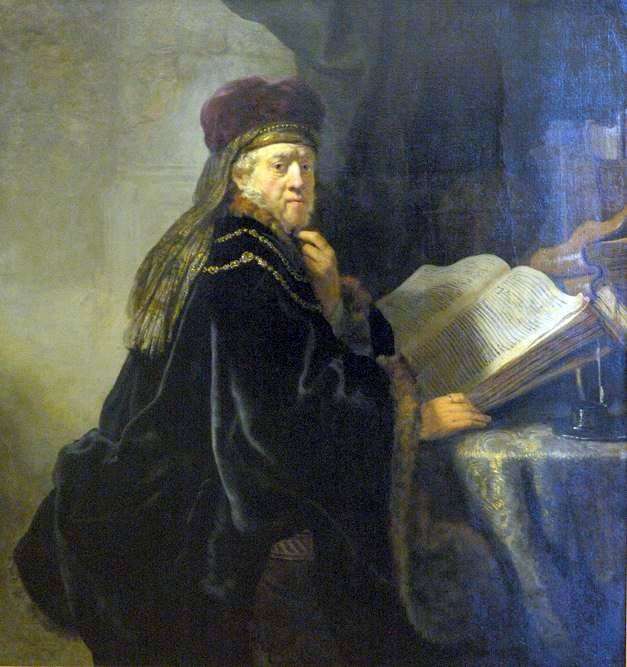
Representing a scientist in his office, Rembrandt uses the type of human images in Flanders in the seventeenth century in Flanders. But he, unlike the Flemish masters, succeeds in avoiding the sensation of posing a model, due to which the picture, losing the features of formality, becomes more natural.
Striving for maximum vitality, Rembrandt accurately conveys the position of a huge folio on a lectern and a slight dissatisfaction in the scientist’s gaze: this is how a person worried about his favorite work looks. A few years earlier, in 1629, in Leiden, the artist had already turned to a similar plot. He commissioned a painted portrait of a scientist.
Having reworked the experience, the master enriched the image: on the canvas presented, not just a serious and educated intellectual, but a wise old survivor. For the painting chosen an unusual and very picturesque model. At this time, the artist was acquainted with the rich merchant Eilenbürch, and the Jews of the Amsterdam ghetto often posed for him. This portrait was even called the “Rabbi” before. Compared to the London canvas, the arsenal of expressive means that Rembrandt uses increases in this work. The effects of light, while remaining powerful and impressive, acquire greater sophistication, and the coloring of the picture – the warmth and nobility.
A painterly manner is also distinguished by an amazing skill: the stroke is put strictly in shape, revealing its features. The artist manages to almost palpably convey the softness of the yellowish skin of the hands of an already aged person, the smooth surface of the book sheet and the loose fabric of the tablecloth. The portrait conquers with the depth of psychological characteristics and sincere attention to the inner world of the model, distinguishing the mature and later works of the great Dutch painter.
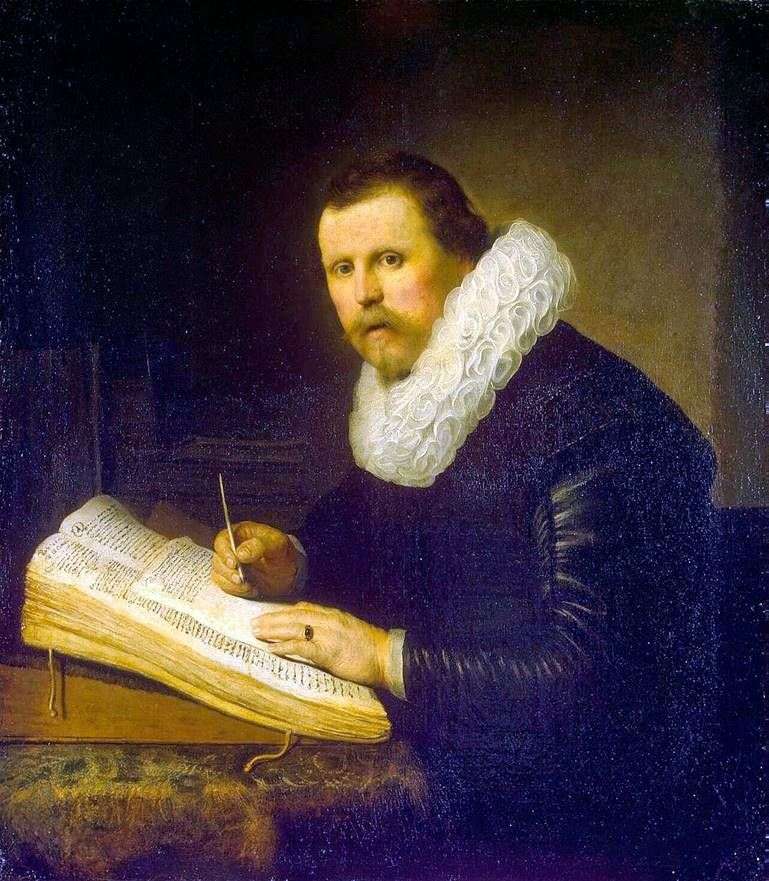 Portrait of a Scientist by Rembrandt Harmens Van Rhine
Portrait of a Scientist by Rembrandt Harmens Van Rhine Hendrickje by the window by Rembrandt Harmens Van Rhine
Hendrickje by the window by Rembrandt Harmens Van Rhine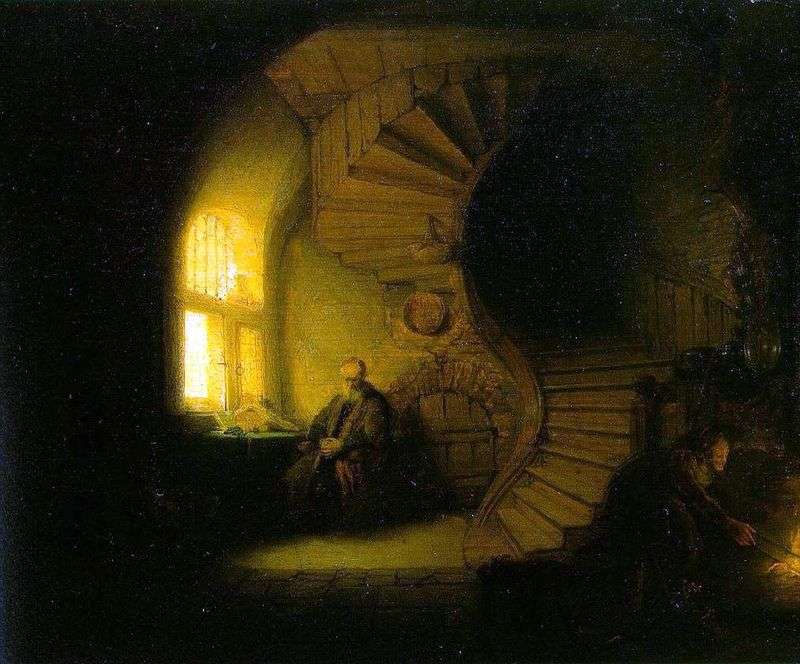 Philosopher Meditating in His Room by Rembrandt Harmens Van Rhine
Philosopher Meditating in His Room by Rembrandt Harmens Van Rhine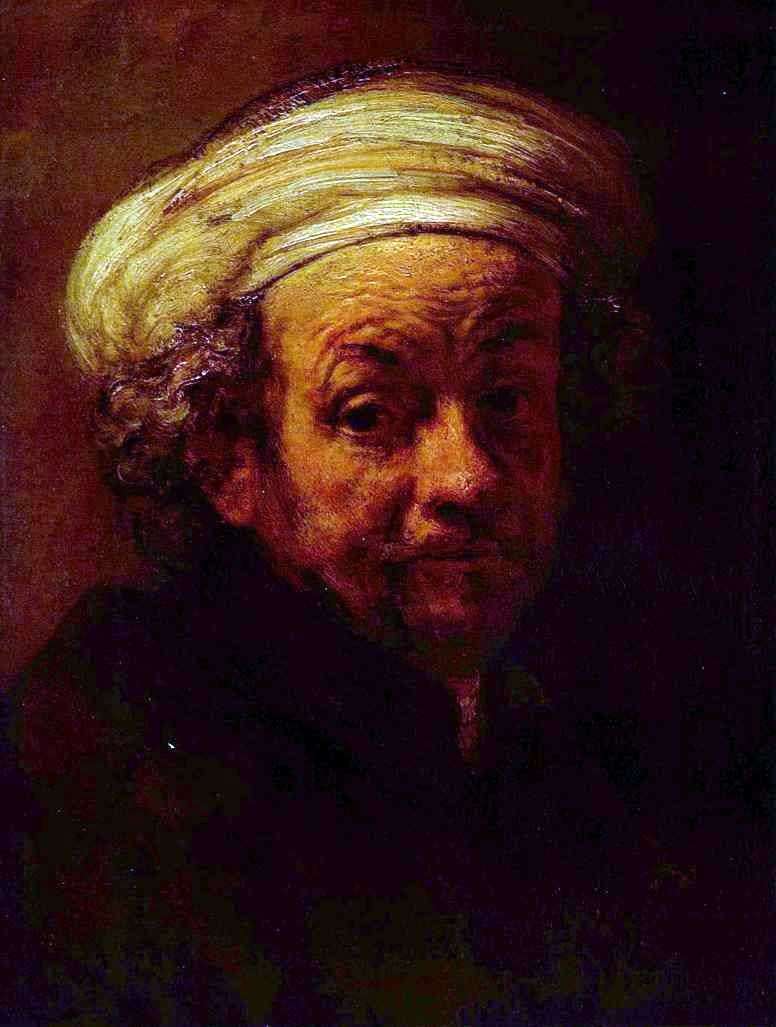 Self Portrait by Rembrandt Harmens Van Rhine
Self Portrait by Rembrandt Harmens Van Rhine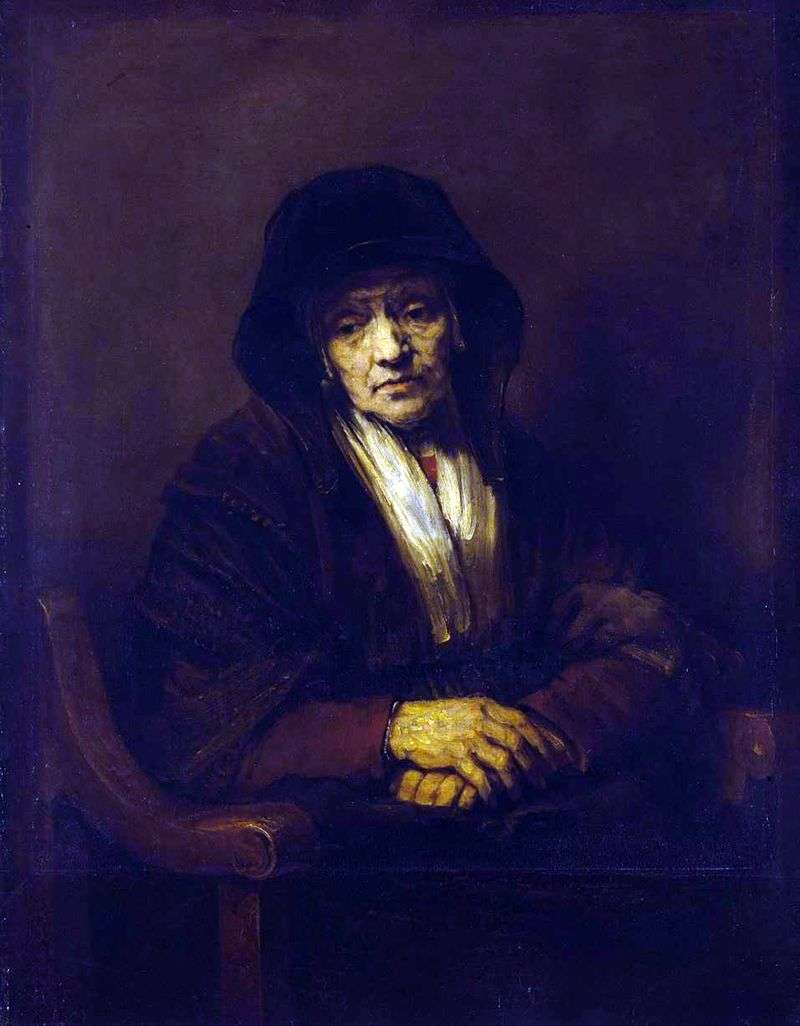 Portrait of an Old Woman by Rembrandt Harmens Van Rhine
Portrait of an Old Woman by Rembrandt Harmens Van Rhine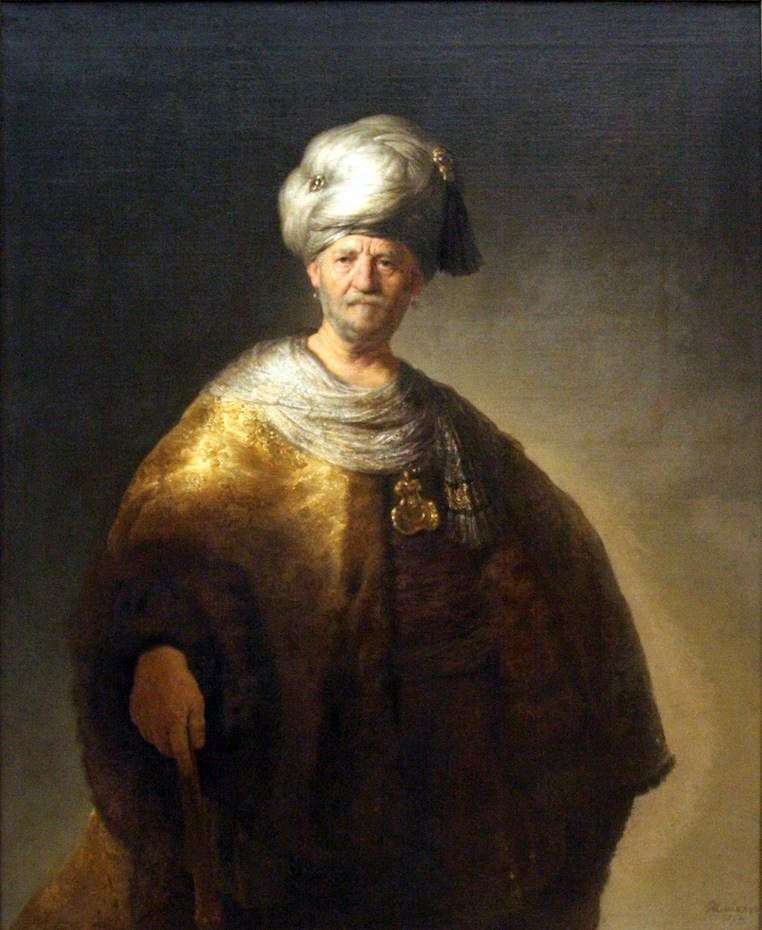 Noble Slav by Rembrandt Harmens Van Rhine
Noble Slav by Rembrandt Harmens Van Rhine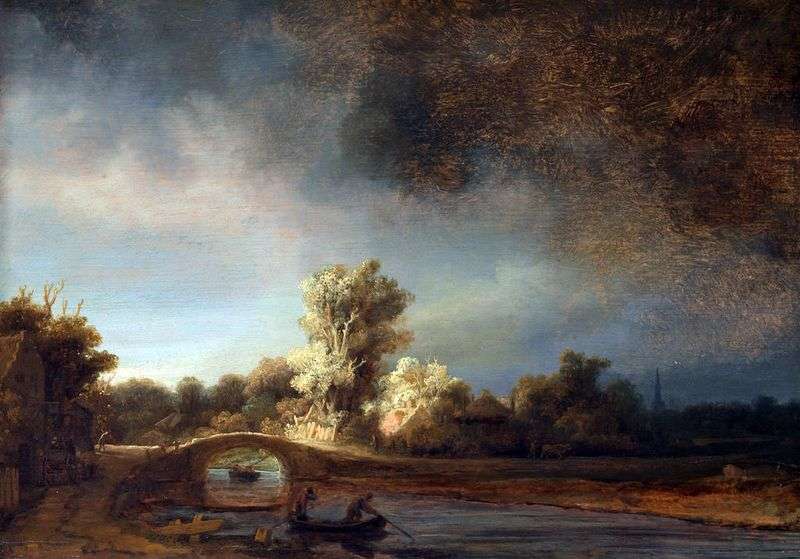 Stone Bridge by Rembrandt Harmens Van Rhine
Stone Bridge by Rembrandt Harmens Van Rhine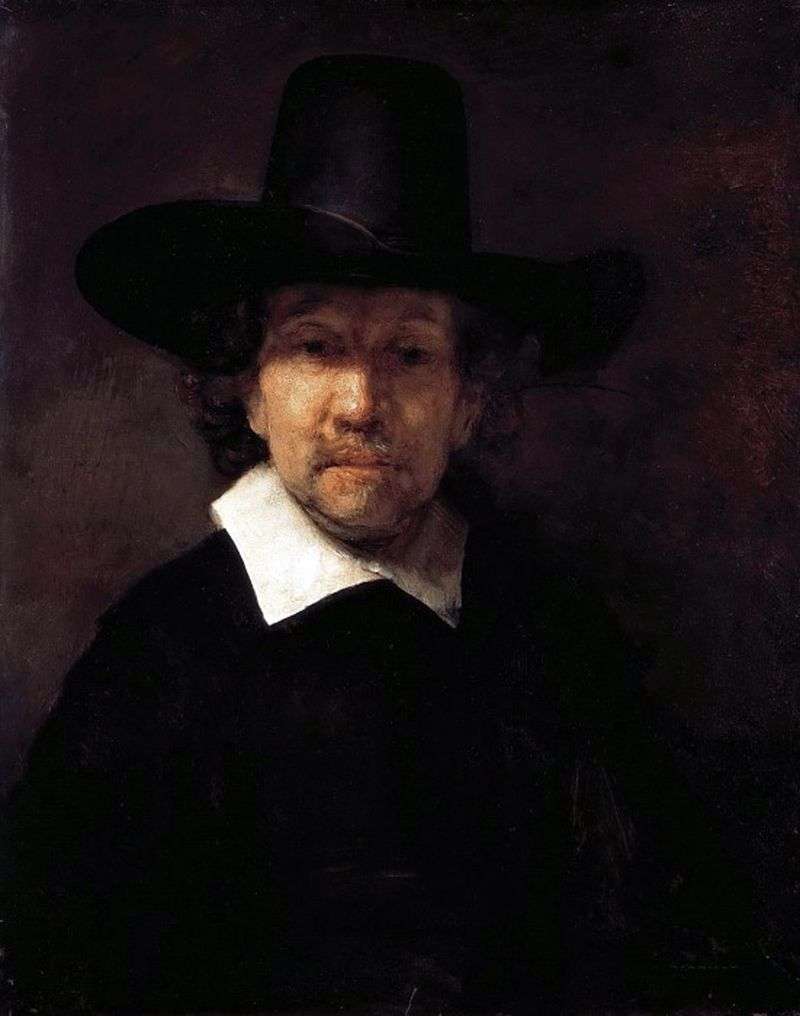 Portrait of Jeremiah Dekker by Rembrandt Harmens Van Rhine
Portrait of Jeremiah Dekker by Rembrandt Harmens Van Rhine